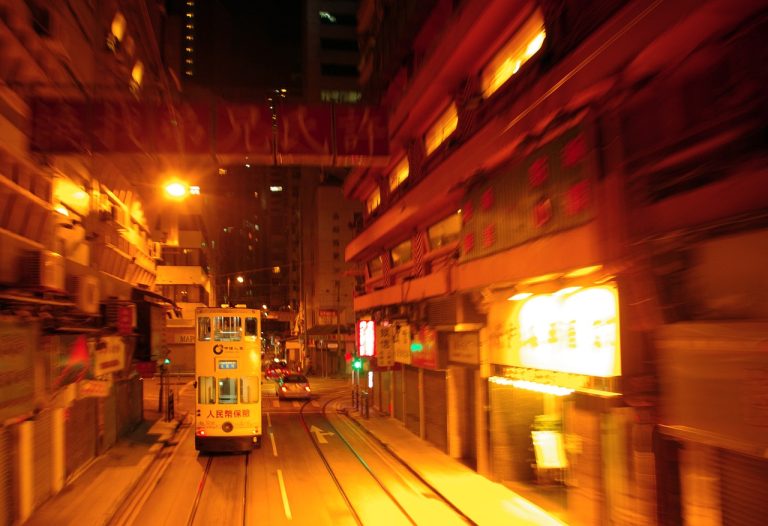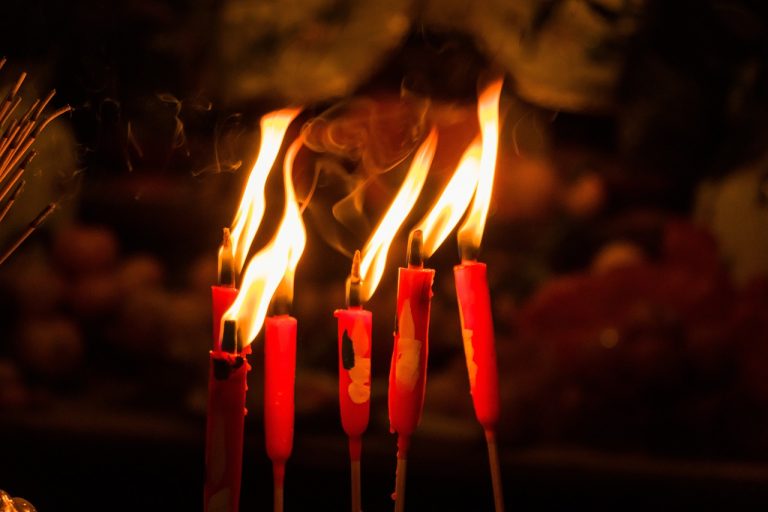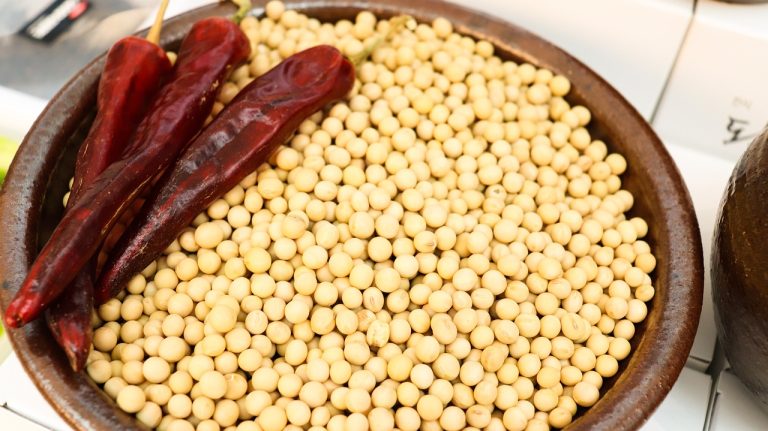Hong Kong Video
Traditional Festivals and Celebrations of Hong Kong
Hong Kong is a vibrant cosmopolitan city that is deeply rooted in Chinese culture. The city is known for its rich heritage and traditional festivals and celebrations that are celebrated with great enthusiasm and excitement. These events showcase the unique blend of Chinese traditions and modern influences that make Hong Kong a fascinating destination. Let’s explore some of the most prominent traditional festivals and celebrations in Hong Kong.
Chinese New Year
Chinese New Year, also known as the Spring Festival, is the most important and widely celebrated festival in Hong Kong. It marks the beginning of the lunar calendar and is a time for family reunions and feasting. The festivities usually last for 15 days and include various customs such as lion and dragon dances, firecrackers, and the giving of red envelopes filled with money. The streets and buildings are adorned with vibrant red decorations, symbolizing good luck and fortune.
- Dragon and Lion Dances: Dragon and lion dances are an integral part of Chinese New Year celebrations. These colorful performances are believed to bring good luck and drive away evil spirits.
- Firecrackers and Fireworks: Firecrackers and fireworks are set off during Chinese New Year to ward off evil spirits and to welcome the new year with a bang.
- Family Reunions and Feasting: Chinese New Year is a time for families to gather and celebrate together. Elaborate feasts featuring traditional dishes are prepared to honor the occasion.
Mid-Autumn Festival
The Mid-Autumn Festival, also known as the Moon Festival, is another significant traditional festival in Hong Kong. It is celebrated on the 15th day of the eighth lunar month when the moon is at its fullest and brightest. The festival is associated with the legend of Chang’e, the Moon Goddess, and is a time for family gatherings, lantern displays, and the indulgence of mooncakes.
- Lantern Displays: During the Mid-Autumn Festival, colorful lantern displays can be seen all over Hong Kong. These lanterns come in various shapes and sizes, showcasing intricate designs and craftsmanship.
- Mooncakes: Mooncakes are a traditional delicacy enjoyed during the Mid-Autumn Festival. These round pastries are filled with sweet or savory fillings and are often given as gifts to family and friends.
- Dragon Boat Races: While not directly related to the Mid-Autumn Festival, dragon boat races are often held during this time. These races involve teams paddling in long, narrow boats adorned with dragon heads and tails.
Ching Ming Festival
The Ching Ming Festival, also known as Tomb-Sweeping Day, is a time for Hong Kong people to honor their ancestors and pay respects to the deceased. It usually falls in early April and is marked by the cleaning and tidying of ancestral gravesites, as well as the burning of incense and offerings.
- Ancestral Grave Visits: Families visit the gravesites of their ancestors to clean and tidy them, as well as to offer food, flowers, and other items as a sign of respect.
- Burning of Joss Paper: Joss paper, also known as “ghost money,” is burned during the Ching Ming Festival as a way to provide material comfort to the deceased in the afterlife.
- Kite Flying: Kite flying is a popular activity during the Ching Ming Festival. People believe that by flying kites, they can send messages to their ancestors and bring good luck.
The Cheung Chau Bun Festival
The Cheung Chau Bun Festival is a unique and lively traditional festival celebrated on the island of Cheung Chau in Hong Kong. It takes place on the eighth day of the fourth lunar month and attracts both locals and tourists with its colorful parades and bun scrambling competition.
- Parades and Processions: The Cheung Chau Bun Festival features vibrant parades and processions with participants dressed in elaborate costumes and carrying decorative floats.
- Bun Scrambling Competition: The highlight of the festival is the bun scrambling competition, where participants climb a tower covered in buns and try to collect as many as possible. This unique tradition is believed to bring good luck and prosperity.
- Traditional Rituals: Various traditional rituals are performed during the festival, including the raising of a giant bamboo tower and the offering of incense to the deities.
The Tai Hang Fire Dragon Dance
The Tai Hang Fire Dragon Dance is an awe-inspiring spectacle that takes place in the Tai Hang neighborhood of Hong Kong during the Mid-Autumn Festival. It is a UNESCO Intangible Cultural Heritage and attracts thousands of visitors every year.
- Fire Dragon Dance: The highlight of the festival is the fire dragon dance, where a 67-meter long dragon made of incense sticks and lit with fire dances through the streets of Tai Hang. The rhythmic movements and crackling sounds create a mesmerizing visual and auditory experience.
- Community Participation: The fire dragon dance is a community-driven event, with hundreds of volunteers participating in the creation and performance of the dragon. It is a symbol of unity and cooperation.
- Traditional Drumming and Music: The fire dragon dance is accompanied by traditional drumming and music, adding to the festive atmosphere and energy of the event.
The Hungry Ghost Festival
The Hungry Ghost Festival is an important traditional festival in Hong Kong that takes place on the 15th day of the seventh lunar month. It is believed that during this month, the gates of the underworld are opened, and the spirits of the deceased roam the earth.
- Offerings and Prayers: During the Hungry Ghost Festival, people offer food, drinks, and other items to appease the hungry ghosts and ensure their well-being. Theatrical performances and operas are also held to entertain the spirits.
- Burning of Paper Offerings: Paper offerings such as money, clothes, and houses are burned as a way to provide material comfort to the spirits and to ensure they have a good afterlife.
- Ghost Lanterns: Ghost lanterns are lit during the festival to guide the spirits and prevent them from causing mischief or harm. These lanterns are often released into bodies of water as a symbolic way of sending the spirits back to the underworld.
The Birthday of Tin Hau
The Birthday of Tin Hau, also known as the Tin Hau Festival, is a traditional celebration dedicated to the goddess of the sea, Tin Hau. It is held on the 23rd day of the third lunar month and is particularly significant for the fishing communities in Hong Kong.
- Processions and Floats: Colorful processions featuring floats adorned with images of Tin Hau are carried through the streets, accompanied by lion and dragon dances, music, and chanting.
- Sea-Dwelling Activities: As Tin Hau is the goddess of the sea, various sea-dwelling activities are held during the festival, including dragon boat races, fishing competitions, and boat parades.
- Prayers and Offerings: Worshippers visit Tin Hau temples to offer prayers and make offerings to seek the goddess’s blessings for safe voyages and bountiful catches.
The Tai O Dragon Boat Water Parade
The Tai O Dragon Boat Water Parade is a unique and picturesque event that takes place in the fishing village of Tai O during the Dragon Boat Festival. It showcases the traditional dragon boat culture and the charm of the village’s stilt houses.
- Water Parade: Colorfully decorated dragon boats sail through the waterways of Tai O, accompanied by the rhythmic beat of drums and the cheers of spectators. The boats are manned by teams of rowers who compete in friendly races.
- Stilt House Heritage: Tai O is known for its stilt houses, which are built on stilts above the water. The water parade offers a unique opportunity to witness the village’s architectural heritage and traditional way of life.
- Traditional Dragon Boat Races: In addition to the water parade, traditional dragon boat races are held, attracting teams from all over Hong Kong who compete for glory and honor.
The Wong Tai Sin Temple Fair
The Wong Tai Sin Temple Fair is an annual event held at the Wong Tai Sin Temple in Kowloon. It takes place during the Lunar New Year period and attracts locals and tourists alike with its festive atmosphere and cultural performances.
- Cultural Performances: The temple fair features a wide range of cultural performances, including lion and dragon dances, Chinese opera, martial arts demonstrations, and traditional music and dance.
- Fortune Telling and Blessings: Visitors can seek blessings and have their fortunes told by Taoist priests at the Wong Tai Sin Temple. It is believed that the temple’s deity, Wong Tai Sin, has the power to grant wishes and provide guidance.
- Food Stalls and Souvenirs: The temple fair offers a variety of food stalls selling traditional snacks and delicacies, as well as souvenir shops where visitors can purchase traditional crafts and trinkets.
The Lam Tsuen Wishing Tree
The Lam Tsuen Wishing Tree is a popular attraction located in the village of Lam Tsuen. It is associated with the Chinese New Year tradition of making wishes for good luck and fortune.
- Wishing Tree Ritual: Visitors write their wishes on joss paper and tie them to oranges or other objects before throwing them onto the branches of the wishing tree. It is believed that the higher the wish lands on the tree, the more likely it is to come true.
- Wishing Well and Shrine: The Lam Tsuen Wishing Tree area also features a wishing well and a shrine where visitors can make offerings and prayers for their wishes to be fulfilled.
- Local Traditions and Customs: The Lam Tsuen Wishing Tree is deeply rooted in local traditions and customs, providing a glimpse into the cultural beliefs and practices of the area.
Hong Kong Image 1: 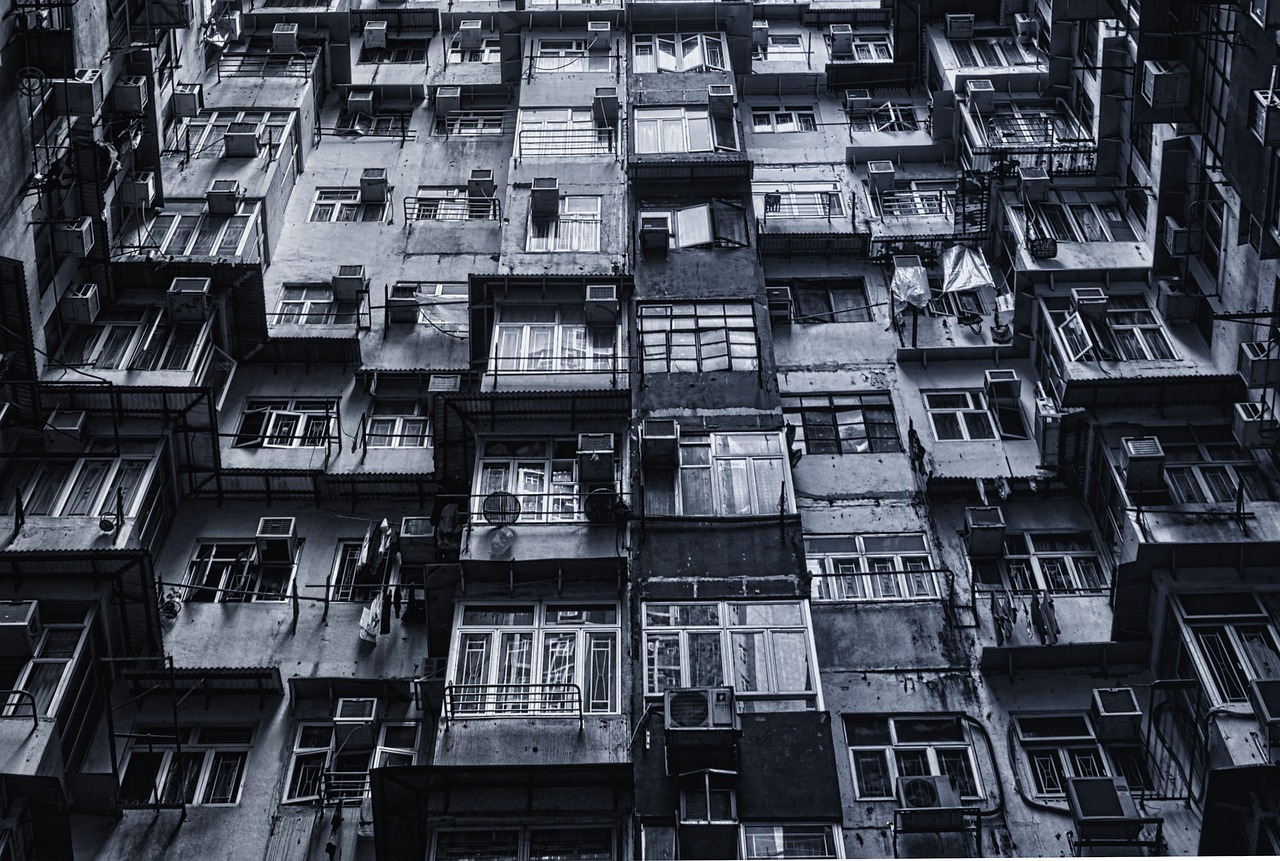
Hong Kong Image 2: 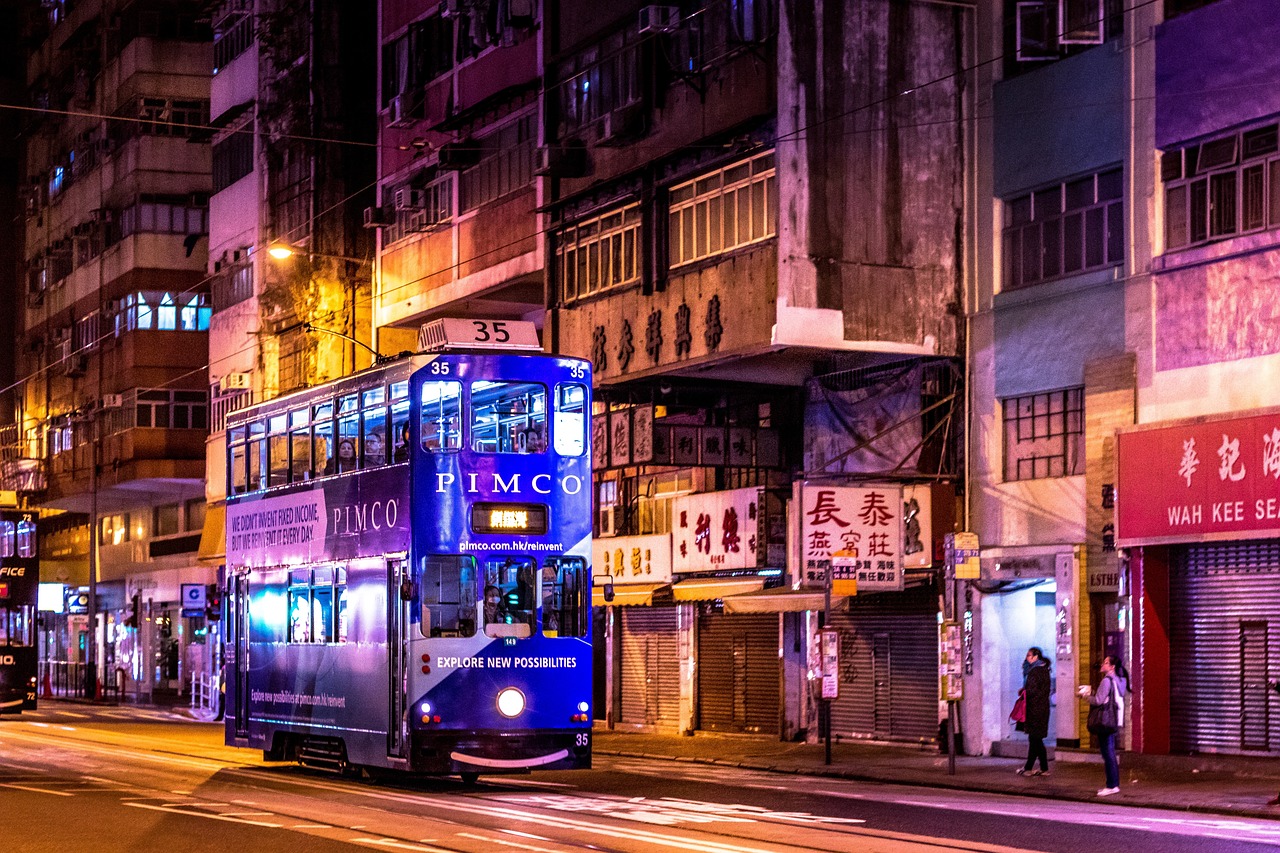
Hong Kong Image 3: 
References
– Discover Hong Kong: www.discoverhongkong.com
– Hong Kong Tourism Board: www.discoverhongkong.com/eng/plan-your-trip/know-hong-kong/festivals-and-events.html
– Time Out Hong Kong: www.timeout.com/hong-kong/things-to-do/hong-kong-festivals-and-events-calendar


